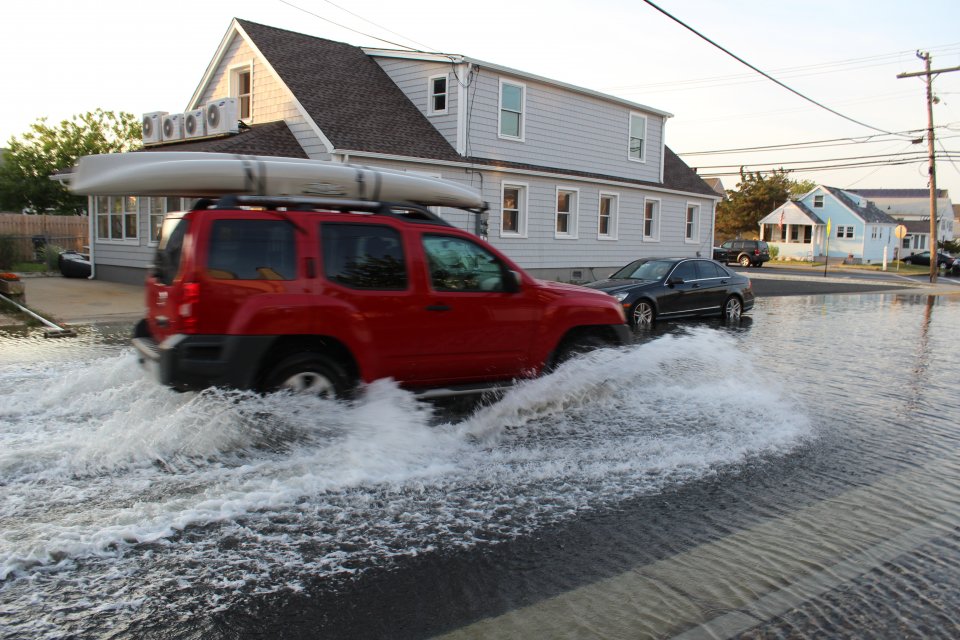Climate Change in Coastal Communities
Climate Change
The effects of climate change have been measured and observed in shoreline communities for decades. Tidal flooding happens more often, extreme storm events are increasing, the water table is higher, aquifers are getting saltier, and there are many such indicators of change.
Shoreline places will see all the temperature and precipitation changes that affect their general region. They face further risks from sea level rise and coastal flooding. If shoreline communities are already at risk from coastal storms, that will get worse as the sea rises.
Few places that have an economic tie to coastal waters (e.g., recreation, tourism, fishing, boating, shipping, etc.) can count on things remaining as they were for decades to come.
Flooding and storms are obvious dangers, but climate change impacts to coastal communities can come through many paths. Warmer water temperature can lead to fish kills or harmful algae blooms. Hotter summers can make being outdoors unbearable. Public health and safety, water and sewer infrastructure, plus all of the commerce, recreation and lifestyle characteristics that make a community special can be at risk.
Climate change stressors (warmer summers, warmer winters, warmer water temperature, increasing drought, increasing storminess, sea level rise and ocean acidification) introduce or exacerbate numerous and diverse risks that affect the future of a coastal community.
Climate Ready
To be climate ready means to have completed a risk-based climate change vulnerability assessment and to have taken any necessary actions so that there are no high risks from climate change stressors. High risks have greater likelihood of occurrence and greater effects when they do occur. These must be addressed otherwise places are just awaiting severe consequences.
Actions that are responses to a changing environment are adaptations. Community adaptation can take many forms—even system wide approaches. The EPA’s Climate Ready Estuaries program helps managers plan and adapt to climate change. Learn more about climate change at the coast, including what adaptation options are available, and get started on vulnerability assessments and adaptation planning.
CRE guides, reports, tools, training and links to other sites can help all places whether on the shoreline or thousands of miles away.

